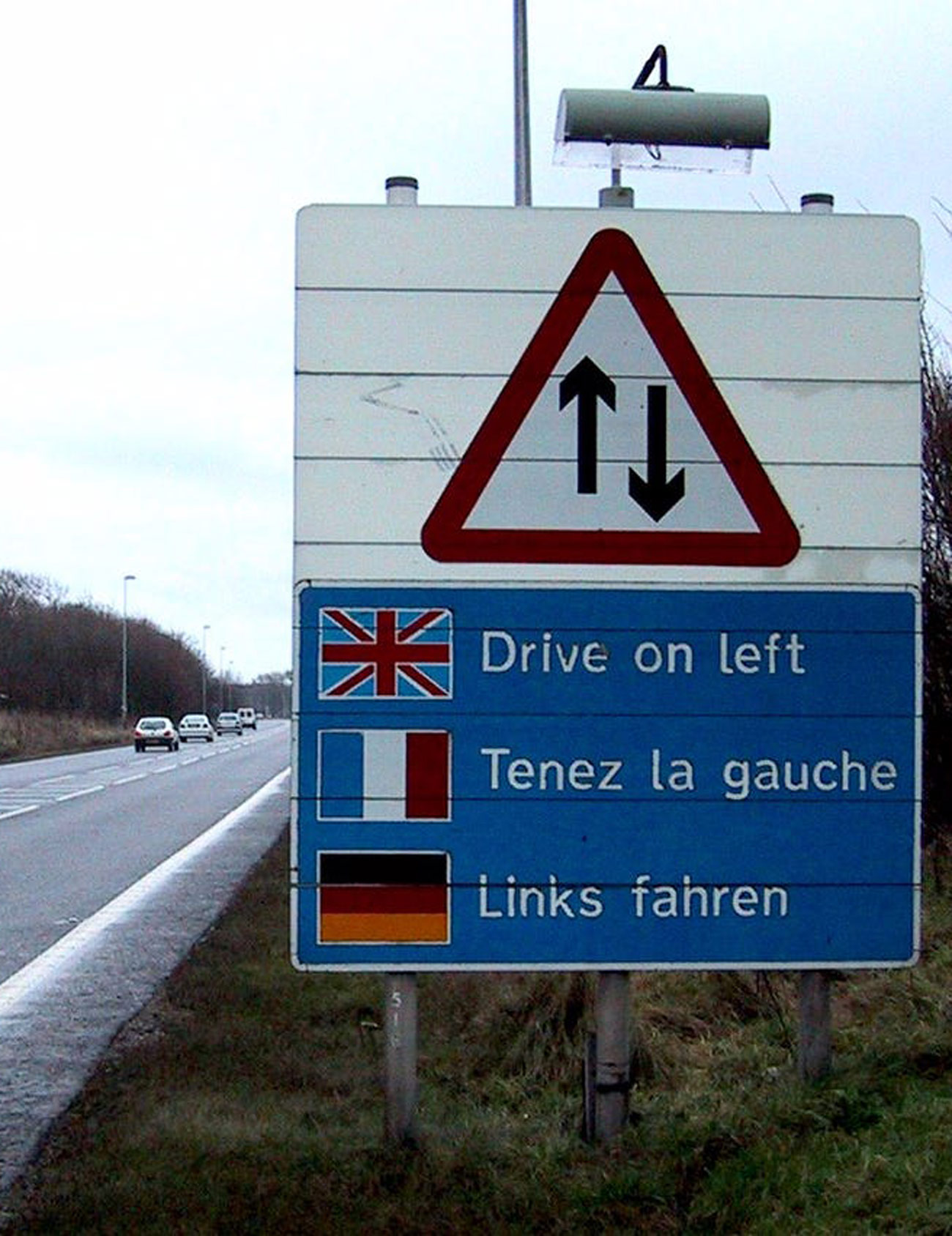The motoring world has more than its fair share of butter battles (pointless but divisive issues that lead to conflict), but perhaps few go quite as deep as the divide between where the steering wheel of a car should be — and the associated matter of which side of the road people should drive on. Americans, Italians, Germans and many other cultures hold that the driver should be sit on the left-hand side of the car and the car should sit on the right-hand side of the road; the British, Japanese, Indians and Australians, among others, say the steering wheel belongs on the right-hand side of the car and the vehicle on the left-hand side of the road.
Which of these is superior is an argument with no clear answer (except that the wheel should clearly be on the left-hand side). Perhaps the more important question, though, is: why? Why is the steering wheel on the left for the United States and on the right in Great Britain?
There are plenty of rumors and conflicting reports out there about the origins of the driving positions, but the most likely reason might surprise you. The reason you drive on the right and your wheel is on the left? Teamsters.
No, not the union of truck drivers that made Jimmy Hoffa famous. The people who gave them their name: those who actually drove teams of horses to pull wagons around in the pre-Industrial Revolution days. As best as our research could dig up, many wagons lacked a place to sit, so the teamster who was driving the horses would sit in the next-best place to see both road and steeds: atop one of the horses pulling up the rear. As most people are right-handed, most teamsters would need the whip in their right hand — so it made more sense to sit on the left-hand horse.
And with most drivers sitting on the left-hand side of their rides, it made sense to arrange traffic so that vehicles would ride on the right-hand side of the road. This, as we all know from driving today, enables the drivers to sit closer to the center line — and thus closer to oncoming traffic, so they could better gauge how close they were passing to those onrushing vehicles.

So why do the Brits and so forth drive, to steal a term from the snowboarding world, goofy-footed? Well, the data on that is a little murky — the earliest known record we could find mandating driving-on-the-left dates back to a rule about London Bridge from 1753 — but one likely explanation is that their rules-of-the-road date back to the Middle Ages. (That said, it’s also possible that they got the idea from the Romans, who are believed to have traveled on the left side of the road.)
Again, right-handedness comes into play: as the theory goes, travelers who carried swords would have them sheathed on the left-hand side of their bodies, so they could draw them with their right hands. Walking on the right-hand side of the road would mean those sheathed swords wound slap against each other and cause all sorts of hijinks; traveling on the left side of the road had no such issue. Plus, walking on the left side of the road meant anyone passing would be coming towards your sword arm, thus making it easier to quickly jump into combat if need be. (By the time the future United States was being colonized by Europeans, of course, muskets and pistols had replaced swords as the weapons of choice, removing that calculus from the equation.)

